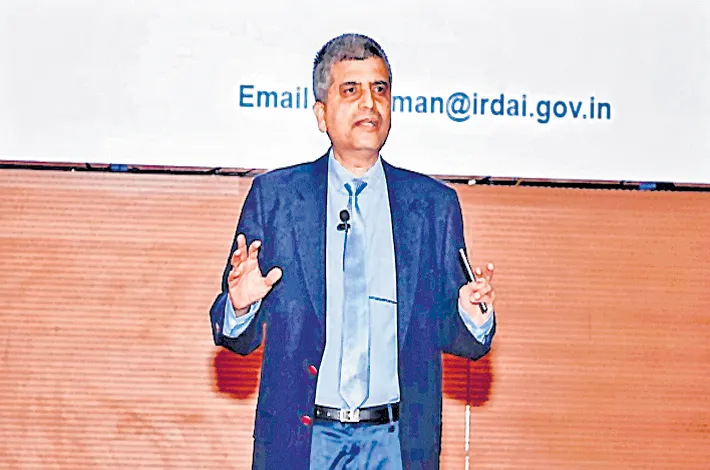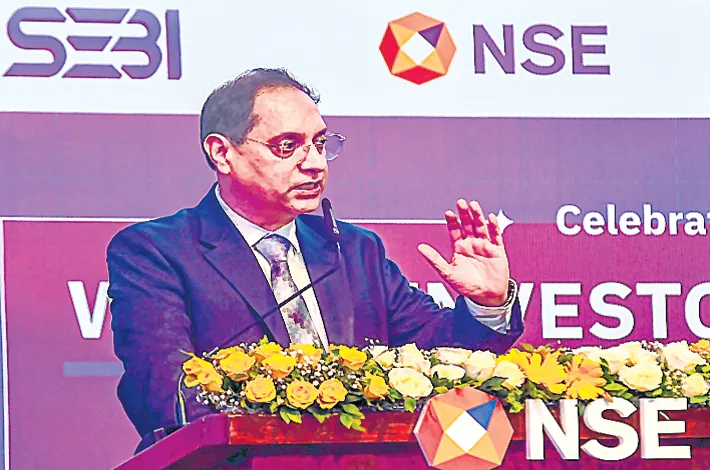Not among ‘Fragile Five’ anymore
08-11-2025 12:00:00 AM

We recognise that just like there are no free lunches, regulation to enhance stability too is not devoid of costs, says RBI Governor
Palazhi Ashok Kumar mumbai
The interest of the national economy demands financial stability, and for the Reserve Bank, financial stability remains the north star, and short-term growth achieved at the cost of financial stability can have bigger consequences for long-term growth, RBI Governor Sanjay Malhotra said on Friday.
Post-global financial crisis, in the wake of aggressive fiscal and monetary stimulus, the ensuing regulatory forbearance sowed the seeds of the “twin balance sheet” problem—overleveraged corporates and stressed bank balance sheets. Coupled with the manifestation of external sector vulnerabilities, India got clubbed among the so-called “Fragile Five” (a term coined by Morgan Stanley in 2013 to describe five emerging market economies—Turkey, Brazil, India, South Africa, and Indonesia).
International financial institutions, ratings agencies, economists, and capital market gurus repeatedly opined that India is not among “Fragile Five” anymore. In his address at the 12th SBI Banking & Economics Conclave 2025, Malhotra said, economic interest warrants increasing efficiency, and promoting innovation, which too is the regulator’s duty.
“We recognise that just like there are no free lunches, regulation to enhance stability too is not devoid of costs. There are trade-offs between stability and efficiency. It will be our attempt to strike the right balance, keeping in view the benefits and costs of each and every regulation. The recent regulatory proposals strive to maintain this balance—the balance between the drive to innovate and grow and the duty to protect,” Malhotra underlined.
In a rapidly evolving banking system, underpinned by technological advancements of tectonic magnitude, no regulator can afford to situate the system at a point in time. “The role of the regulator is to guide its evolution within guardrails that ensure stability, fairness, and resilience. In India, this philosophy has found steady expression in RBI’s approach towards regulation, what might be called responsive conservatism, a model that prizes stability yet remains open to reform,” RBI Governor emphasized.
On the proposals to enhance the limits for lending to individuals against securities and rationalise the norms for lending to capital market intermediaries, he said, are part of the normal process of review, seeking to reset the limits, set way back in 1999. The revision in limits has been accompanied by a more structured loan to value framework, sensitive to the risks of the underlying securities. “The proposed removal of limits on loans against debt instruments, while retaining the regulatory limits for equity instruments, recognises the fundamental difference between the two instruments from a risk perspective,” he said.
The key risk a debt instrument carries is credit risk, and just like loans, credit risk is expected to be managed as part of the broader credit risk management framework. An additional comforting factor is that only listed and investment grade debt securities are proposed to be permitted as collateral. Guided by the principle “never waste a good crisis”, the period from 2014 led to a foundational surgery to restore the long-term health of the financial system.








